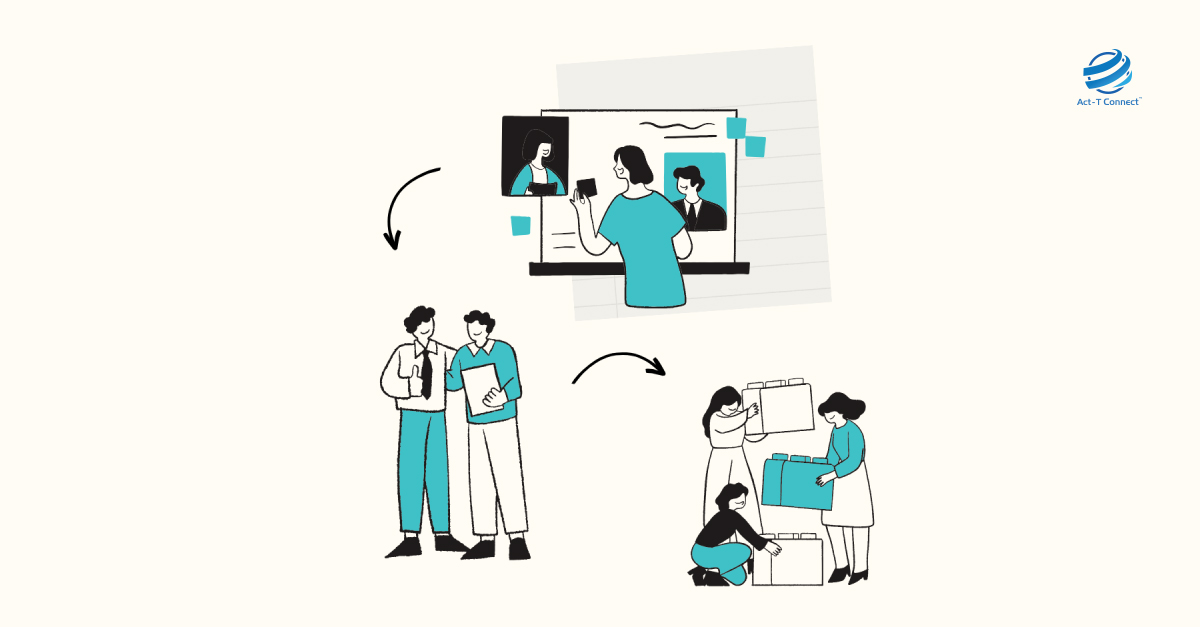
In the current digital landscape, where cyber dangers are ever-changing, developers now have a fundamental obligation to produce secure software. Trust between users and applications is built on secure code, which guards against expensive hacking and harm to one's reputation.
In order to produce dependable and safe software, developers should incorporate the following fundamental approaches into their workflow:
Secure Coding Practices
- Input Validation: To avoid malicious code injection (SQL injection, XSS), which can compromise systems, make sure user input is validated at all times. Prior to processing, purify and filter any incoming data.
- Secure Data Storage: Make use of strong encryption methods when storing sensitive data, such as bank information and passwords. Put access controls in place to prevent unwanted access.
- Secure Communication Channels: To prevent data manipulation and eavesdropping
while it's in transit, use secure protocols (HTTPS) for all network
communications.
Secure coding habits
- Stay Up to Date: To fix known vulnerabilities, update libraries, frameworks, and dependencies on a regular basis. Software that is too old presents a serious security risk.
- Apply Secure Coding Rules: Follow recognized secure coding rules (e.g., OWASP Top 10) to write secure code and steer clear of frequent problems.
- Reduced Privileges: Give users and apps the minimal amount of access necessary
to complete their particular jobs. This lessens the possible harm that could
result from credential compromise.
Leverage Security Testing
- Static Code Analysis: To find possible weaknesses and coding mistakes early in the development cycle, use tools for static code analysis.
- DAST: Use dynamic application security testing (DAST) technologies to actively scan apps while they are being developed in order to find vulnerabilities that may arise at runtime.
- Penetration testing: To replicate actual attacks and find software flaws that
can be exploited, do frequent penetration tests.
Security by Design
- Threat Modelling: Include threat modelling in the development process to predict any security issues before they arise and to create mitigation plans for them as the software develops.
- Secure Architecture: When designing your software architecture, keep user authentication, data protection, and isolation in mind.
- Security Champions: Encourage your development team to have a
security-conscious culture. Assign security advocates who inform their peers
and remain current on security best practices.
Incident Response & Recovery
- Make an unexpected backup plan: Create a thorough incident response strategy that outlines the steps to be taken in order to locate, contain, and resolve security breaches.
- Regular Backups: To make recovery easier in the event of a system breakdown or hacking, keep regular backups of your data.
- Take Lessons from Mistakes: To find the core reasons of an incident and make
necessary adjustments to stop similar vulnerabilities in the future, conduct
post-incident evaluations.
Developers may significantly contribute to the creation of secure software that guards against cyberattacks and safeguards consumers, companies, and crucial infrastructure by implementing these fundamental standards. Recall that security is an essential component of the software development process and not an afterthought.






